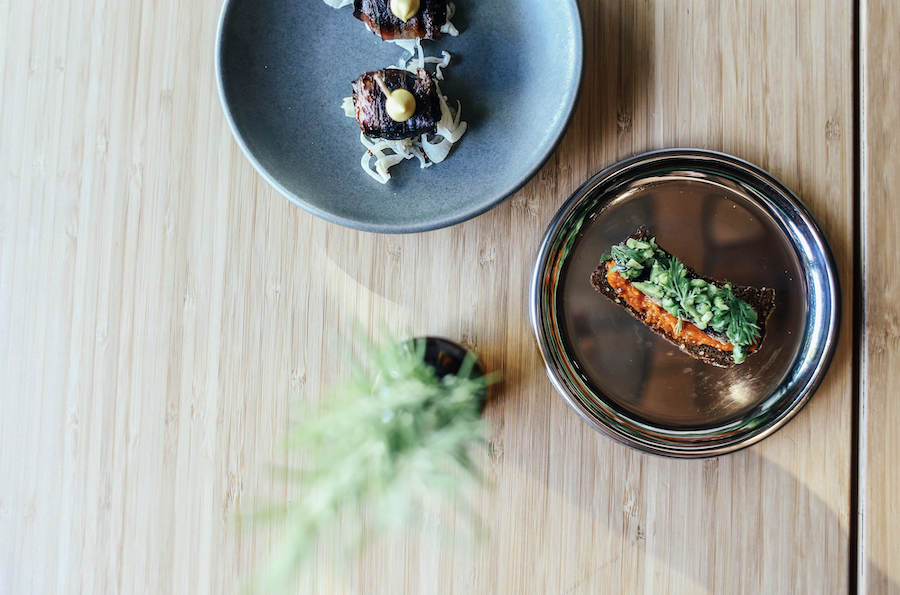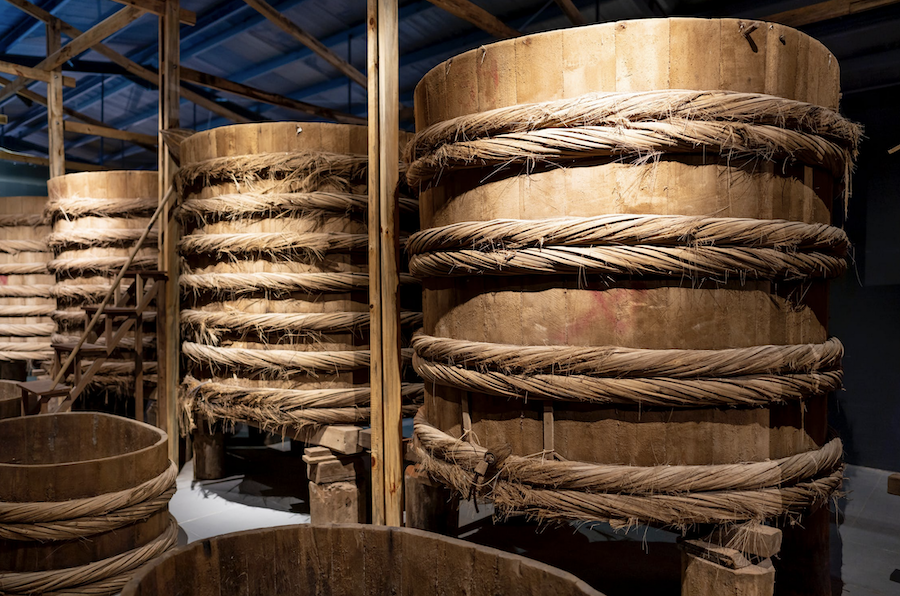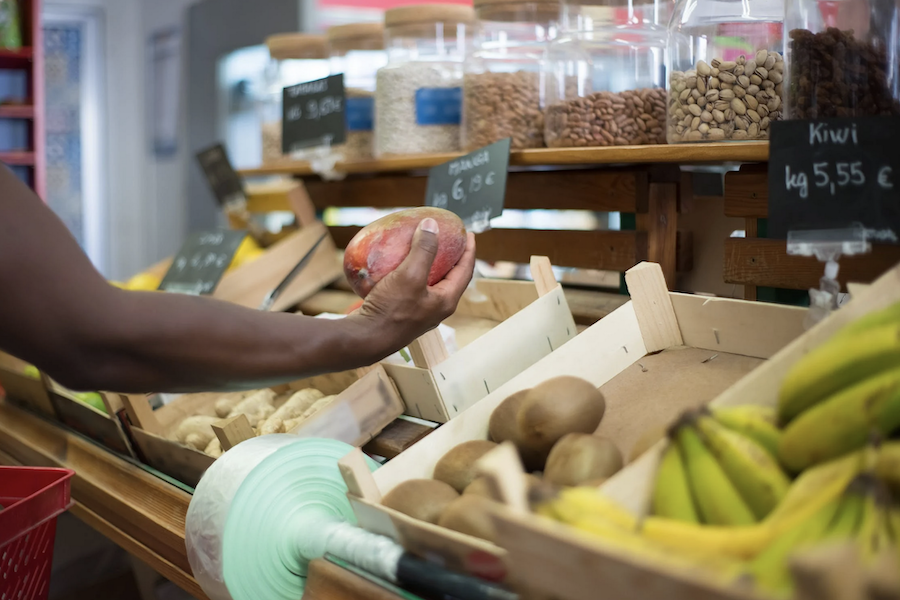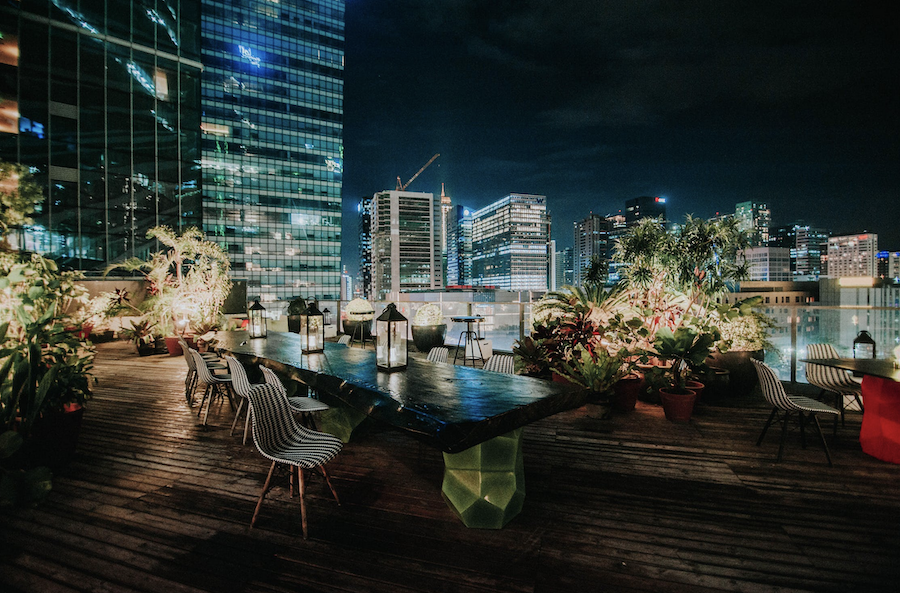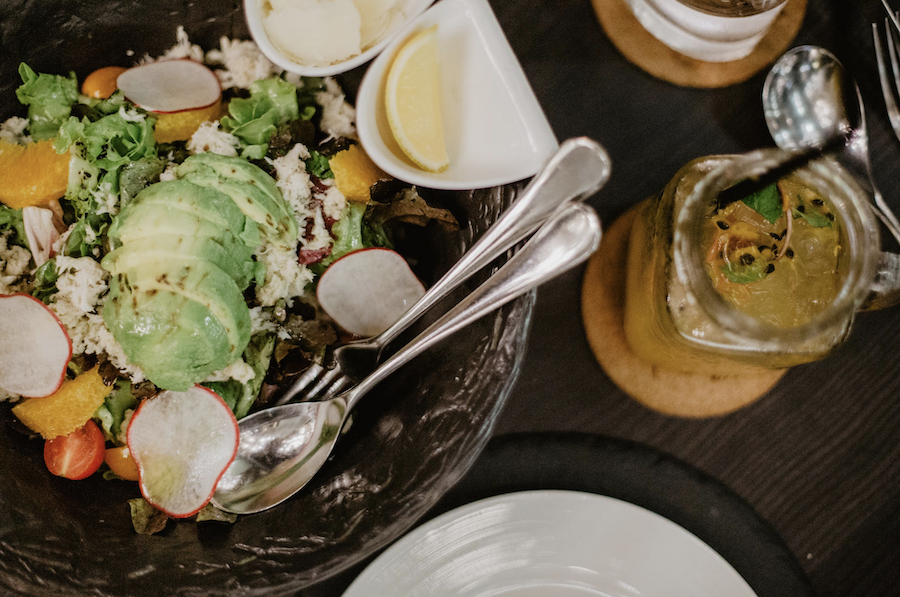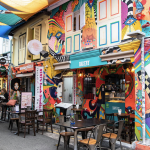Restaurant Sustainability – How to Run a More Sustainable Restaurant
Restaurant sustainability has become a hot topic in the last 5 years.
The world, and thankfully so, is becoming very green conscious and buying decisions are coming down to how sustainable a business is.
A couple of decades ago, a restaurant’s menu was based on what the chef preferred to cook or what the guests loved to eat.
Despite the seasonality of the ingredients, most restaurants would maintain their popular items year-round. This required importing ingredients from across the globe without paying much attention to the consequences.
Fast-forward to the present, in the dramatically changing landscape of the food and restaurant industry, sustainability is at the forefront.
Customers are health-conscious more than they have ever been before.
They are not just curious but also concerned about where a restaurant sources its food from, the quality of the items, if they have been grown organically, and whether they are in-season ingredients.
Customers now concern themselves with the process of procurement and the operations of any business, including restaurants.
This increased awareness of the customers comes with an increase in responsibility for restaurants to be careful about their sourcing and how they operate their business.
As a result, restaurant sustainability has become one of the biggest trends in the industry.
Consumers prefer to eat out at a place where their food is being prepared responsibly, the ingredients are being sourced sustainably, and the operations cause minimum damage to the environment.
As in any business in the hospitality sector, a big part of being successful in running a restaurant is keeping the customers satisfied and providing what your guests want.
What does this mean for restaurants?
Well, quite obviously, this means restaurant owners must look for new ways to become more sustainable in the most cost-effective way possible.
Here’s our list of ways to run a more sustainable restaurant. :
1. Cook with seasonal produce
2. Find the right producer
3. Buy locally and in bulk
4. Include more vegan and vegetarian options
5. Grow your own food
6. Managing waste
7. Sustainability beyond food
8. Study sustainability
9. Involve your staff
10. The benefits of being sustainable
11. Example restaurants benefiting from being sustainable
1. Cook with seasonal produce
The first thing to go sustainable is to include as many seasonal items as possible on the menu.
Many sustainable restaurants rotate their menus in accordance with the seasons and the produce available.
While some have four menus for the four seasons, other restaurant owners rotate their menus each month. New dishes can also be included every six weeks to accommodate vegetables with short growing periods.
You can even extend this concept from produce and greens to proteins and cheeses.
When you cannot find a good, sustainable source for an ingredient, remove them from the menu and substitute them for a more realistic and feasible option.
For instance, smoked salmon can substitute fish and squid at the onset of the regrowth period.
While swapping your menu often to accommodate seasonal dishes requires flexibility and may seem like a hassle, there are several plus points.
The first is making your restaurant more sustainable.
Instead of relying on imported ingredients and involving several steps in transportation which also boosts the overall costs of procurement the complete process becomes simplified.
Seasonal and local ingredients are usually available in closely located markets, can be easily transported, and do not require any additional preservative method.
Seasonal produce is also abundantly available and so less costly.
This reduces the operation costs, increasing the thin profit margins of a restaurant.
Secondly, the freshness of seasonal ingredients is unbeatable and brings out the best taste in any meal. This can also work to improve the food quality and bring in more customers.
Lastly, while rotating menus may seem like a lot of effort, it provides the necessary opportunity for chefs to explore new dishes and get creative with menus.
This can also help your business stand out from the rest of the fierce competition.
2. Find the right producer
One of the biggest steps to making a more sustainable restaurant is finding the right producers to outsource your ingredients.
Restaurants need to vet their suppliers based on their sustainable practices and choose ethical partners that meet their standards.
As a measure to ensure these practices, restaurant owners can make regular visits to their supplier’s farms and understand their ingredients better.
Generally, a sustainable outsourcing approach would mean sorting through the local cottage industries or smaller, usually family-owned businesses.
This also includes local organic farms or producers.
Procuring from smaller producers requires more work on the operator’s end with multiple phone calls and visits, as compared to a larger unsustainable producer.
However, this guarantees lesser shipment or transportation time of the produce, lesser product prices, freshness, and better quality of ingredients, but most of all restaurants know what they are getting that better prepares them to create dishes.
3. Buy locally and in bulk
Local suppliers may not always be the cheapest option. However, if you are buying peak-season products in bulk from a local producer, you will be cutting costs in the overall process.
Seasonal ingredients are bound to be easily available and so are less expensive and there isn’t a lack of supply. These can be creatively integrated into the menu.
Bulk shopping also reduces the packaging being used, cutting down the price and plastic waste, as well as reducing your food waste.
Eliminating single-use plastics along with other environmentally harmful materials often used in packaging is a great way to be eco-friendlier and more sustainable.
Bulk buying also means fewer trips to the supplier and lower transportation costs.
In general, buying bulk is cheaper with the reduced packaging used and the discounts and discounts you often receive when buying more from the same supplier.
4. Include more vegan and vegetarian options
Most poultry and livestock farming systems are unsustainable and can have a staggering impact on the local resources of the area.
Additionally, the available livestock population cannot keep up with the ever-growing food demand and the human population.
Moreover, people are not conscious of the fact that consuming meat can be a rather unhealthy option.
Swapping more and more vegan items on your menu can help curb greenhouse gas emissions, dwindling water resources, water pollution and contamination, and deforestation.
Including more vegetarian or plant-based products can accommodate the growing percentage of customers switching to a vegan or green diet.
Meat and dairy, while being some of the least sustainable items on the menu and heavily dominating most dishes, also cost just as much to procure.
Local produce or any vegetarian substitute costs much less while maintaining the same, if not more, nutritious value and taste.
5. Grow your own food
Some restaurants have taken locally sourced produce a step further and have started to grow their product.
Of course, realistically having your farm with acres of agricultural land isn’t exactly typical.
But what restaurant owners can do is maintain their onsite kitchen garden.
These mini gardens are big enough to let you grow some of your vegetables despite an urban location.
Kitchen gardens are proof of organic and sustainable ingredients and attract customers in the dozens.
You can even spruce up your garden to turn it into a point of attraction to impress customers.
Kitchen gardens are the easiest and most cost-effective way to take a step toward sustainability.
Even if you do not have a green thumb, a small onsite garden will not require much besides a gardener and an initial cost.
6. Managing waste
General or landfill waste is the most expensive kind of waste to dispose of, so restaurants should take any opportunity to reduce it.
Recycling glass, cardboard, and packaging can be returned to the supplier for reuse.
Menus can be printed on recycled paper and cut down on printed receipts.
Daily specials can be written on a chalkboard instead of being printed each day.
POS systems can be implemented to send digital receipts to customers if they prefer having their receipts emailed rather than printed.
Paper napkins can be swamped for linen cloth. Even with the additional laundry expense,
it is a better alternative to using thousands of paper napkins that end up in landfills. Biodegradable bin bags can be used for unavoidable wastes as standard bin bags take forever to decompose.
Non-recyclable packing can be switched to reusable materials. For instance, cling film is used to cover food or single-use plastic boxes that are provided for takeout.
Some restaurants even promote customers bringing their boxes for takeaways. Others offer customers incentives to return used takeout containers.
Cutting down material wastage and minimizing the need for recycling also curbs operation costs.
7. Sustainability beyond food
A sustainable restaurant does not necessarily start from the ingredients and end at the meal.
Sustainable restaurants also include the complete brand.
This means ascertaining safe, ethical, and eco-friendly methods for all aspects of your business- from operations and cooking to delivery services, decor, and even the smallest elements of your business-like tissues and napkins.
Essentially, you want to build a sustainable brand.
This requires thinking beyond food and not stopping at the menu.
Restaurants can partner with salvage companies to source old doors, tiles, and reclaimed wood for the flooring to include in their sustainable restaurant design.
The staff can be trained for water-conserving measures and understand the water usage of your business.
Lights with motion detectors can be installed so you won’t have to waste electricity continuously for hours when it is not needed. Some businesses even take up challenges to check themselves and reduce their overall consumption even by a little each month.
If you are going to make your food menu sustainable, why stop there?
Try making a sustainable wine and beverages menu as well. Source your wine from producers offering biodynamic, carbon-neutral, and organic wines.
8. Study sustainability
There is no one-step approach for sustainability, and neither is there a single solution.
Changing your food, menu, and ingredients may be an obvious start but running a truly sustainable and ethical business requires a lot of research and understanding of the subject as well as of your business.
This means getting to the roots, quite literally, of things from how your product is being grown, the land it is being grown on, what damage or helps the production, organic ways of increasing yield, environmentally friendly approaches to shipping and transportation, down to the construction of your building and the materials used- everything can be achieved sustainably.
Additionally, trying to construct a sustainable business while looking for the best cost-effective ways is challenging enough and requires a significant amount of research.
So, where do you start from?
You can start by asking as many questions as you can think of about the products you buy and learning as much as you can about your suppliers, who make them, and their operations.
Becoming more aware of your choices is the first step to restaurant sustainability.
From there, it is a constant process of looking for opportunities to minimize environmental damage and reduce any costs in your operations, as you learn more about your own business.
Sustainability requires an active approach to make it a reality.
9. Involve your staff
While you may be the owner of your business, you are not a one-man show. It takes the involvement of your complete staff to make any day successful, and the same goes for your vision for sustainability as well.
If you believe in taking a more sustainable approach to your restaurant, you must bring your staff on board as well.
Habits do not change overnight; the person needs to believe and decide to make the change.
The same goes for restaurant sustainability practices of your restaurant staff.
Some ways to motivate your people to join your mission is by opening to your research, showing them how certain things can be more effective for the business, educating your staff on new practices, and even taking your team out on field trips to your supplier or your local farms and vineyards so they can get some first-hand experience instead of mindlessly following orders.
10. The benefits of being sustainable
Ditch the paper straws and ditch the drama – going green at your restaurant isn’t just about saving turtles (though, you know, that’s pretty dope).
It’s about saving your bottom line, winning over eco-conscious foodies, and feeling smugly superior at dinner parties.
Seriously, sustainable practices are the secret sauce to spicing up your restaurant game.
Think local, seasonal ingredients? That’s fresher flavours, smaller carbon footprints, and happy farmers doing happy farmer dances.
Plus, customers dig knowing their burrata didn’t take a 10,000-mile journey and taste like cardboard wrapped in sadness.
Talk about a loyalty boost!
Speaking of boosts, reducing food waste through smart ordering and creative upcycling means less bin-bound bounty and more moolah in your pocket.
Bonus points if you compost those scraps and fertilize your local park – instant street cred with the plant-whisperers.
And let’s not forget the planet.
Conserving water and energy through low-flow taps and smart appliances isn’t just good for the Earth, it’s good for your wallet (cha-ching again!).
Plus, you get to join the exclusive club of businesses actively fighting climate change, which comes with a side of warm fuzzies and bragging rights galore.
So, yeah, sustainable restaurants aren’t just saving the planet, they’re saving themselves – one locally sourced kale smoothie at a time.
11. Example restaurants benefiting from being sustainable
Take Brotherhood Restaurant in London as a great example of restaurant sustainability done right.
This veggie haven slashed their food waste by a whopping 75% thanks to clever portioning and creative repurposing.
Think carrot tops becoming pesto and wilted spinach reborn as smoothies – not only delicious, but it saved them £50,000 a year! Talk about farm-to-table realness.
Across the pond, Zero Zero in San Francisco is giving pizza a green makeover.
By sourcing ingredients within a 100-mile radius and composting all their scraps, they’ve not only reduced their carbon footprint by 60%, but their hyper-local menu has attracted a loyal following of eco-conscious foodies.
Plus, their rooftop garden provides fresh herbs and veggies, making their pizzas the epitome of “farm-to-table-to-rooftop-to-your-mouth” goodness.
Now that’s amore!
These are just two examples of restaurants proving that sustainability isn’t just a fad, it’s a recipe for success.
So, ditch the single-use plastic and embrace the power of locally sourced goodness. Your taste buds, your wallet, and the planet will thank you for it.
Now go forth and conquer the culinary world, one sustainable bite at a time!
Summing up
Restaurant sustainability is an umbrella concept that is still relatively new and in the making.
While it has become painfully obvious the next step for all businesses, and not just the food and restaurant industry, is becoming more ethical in its practice, restaurant sustainability is easier said than done.
So, don’t try to run before you walk.
After some research, it is best to think of a feasible plan and list some of the goals you wish to achieve.
Next, build a time frame and draw a roadmap for your restaurant sustainability journey, and discuss with your team how you can achieve those goals.
Assess your plan to make sure it is cost-effective and in line with your brand.
Then, try to include one sustainable practice at a time.
You may not be able to see the result with these small steps, however, in the long run, a sustainable restaurant will be more fruitful than any other.
